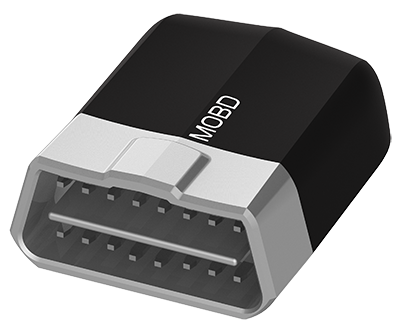Table of Contents
1. What is OBD?
Understanding On-Board Diagnostics
2. How OBD Works
Technical overview and protocols
3. Benefits
Why use OBD diagnostic tools
4. Choosing a Tool
Selection criteria and features
5. Installation Guide
Step-by-step setup process
6. Troubleshooting
Common issues and solutions

